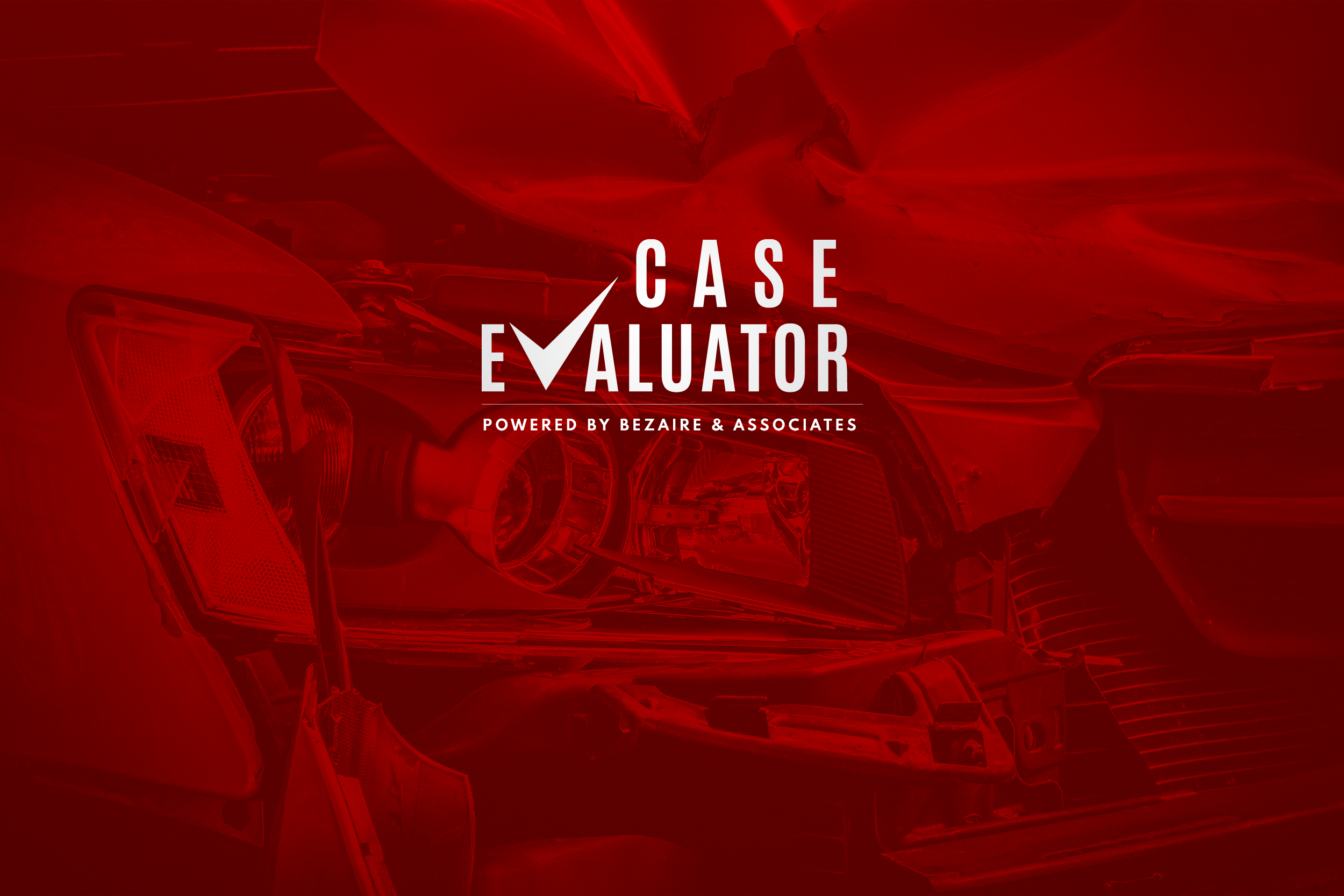Ohio Police: Guardians of Highway Safety or Municipal Fundraisers?

I recently returned from my annual, winter, month-long automobile pilgrimage to the Gulf of Mexico where I visit some family and friends in Fort Myers while on a ‘working’ vacation, and then the Atlanta area on my way back (I’m a Pisces and I’ve always considered the ocean air, salt water beaches, and intercoastal waterways of Florida as a substitute womb ever since I got out and first went there).
Driving through Ohio is the most monotonous torment of all North-American ground transportation experiences. Whether you’re on the I-75 or the Ohio Turnpike (my brother lived in Pittsburgh for years and we’d travel that route annually with the kids), there are inevitable and exasperating certainties: 1. the topography is flat farmland and the scenery is eternally featureless; 2. the speed limit is routinely 5-15 mph. slower than elsewhere – especially near cities of even moderate population; and 3. police enforcement of traffic violations is ubiquitous, inflexible and excessively punitive.
As a curious person, I decided to nose around this phenomenon for a better understanding. It turns out that, despite the regulatory vigilance, Ohio’s highway safety statistics are no better than average: it is the 24th ranked most dangerous state in which to drive according to fatality rates and negligent driving data from the National Highway Traffic Safety Administration.1 It ranks 8th on the list of states with the most impaired driving related fatal accidents,2 and it ranks near the very bottom in a 2020 report released by Advocates for Highway and Auto Safety which conducted a national survey of the efficacy of state traffic safety laws.
So, if highway safety isn’t the real objective, or the result, of this significant enforcement, what is? Not surprisingly, it is revenue.
In the United States the federal government issues over $600 million in highway safety grants to subsidize states’ ticket writing: the number of tickets issued annually loosely correlates to the size of a state’s annual safety grant from the federal government and
Although federal officials say they do not impose quotas, at least 20 states [including Ohio] have evaluated police performance on the number of traffic stops per hour, which critics say contributes to overpolicing and erosion of public trust, particularly among members of certain racial groups.3
The New York Times’ ground-breaking study and reporting on this in 2021 found that many rural midwestern municipalities maintained “outsized” police forces predominantly for this purpose; that towns that depend most on this type of disproportionate revenue have fewer than 30,000 citizens; and that no fewer than 730 American municipalities use ticket revenue to fund 10% or more of their annual budget – an amount that is easily enough, in many instances, to fund the total cost of their police force.
Ohio is also unique in that it is only one of two states that authorize ‘Mayor’s Courts’ (Louisiana is the other). Succinctly, these are courts allowed by the State constitution for towns without a municipal court. The mayor or his designate may establish the court to dispense justice in minor cases. These are not considered trial courts or courts of record and are not subject to the supervision of the Ohio Supreme Court. Most of the revenue generated from fines and court costs go to the city or village, unlike fines and costs levied by a municipal or county court. The vast majority of mayor’s court cases – over 84 percent – are traffic tickets and about 86 percent of the time, the defendant is found guilty.4 Ohio has over 300 such mayor’s courts.5
As the New York Times pointed out, this anomaly allows for some eye-popping revenue for some small towns. It cites the example of Newburgh Heights, a “frayed industrial village of about a half square mile with 2,000 residents” which is only five miles south of Cleveland. It has 21 police officers (which is more than four times the national average of 2.4 officers for every 1000 citizens6) who “doggedly monitor traffic on the short stretch of Interstate 77 that passes through” to typically generate more than half of the town’s annual revenue. In fact, in 2019 the police in that town generated $3 million in revenue from traffic offences.7
Lockland, Ohio is another small town. It is home to only 3400 people just twelve miles northwest of Cincinnati, completely contained within just 1.22 square miles. It has a police force of 13 members (more than 1 ½ times the national average) who, on average, wrote 386 tickets each in the year 2016 – that was over ten times the average rate of full-time police officers in the nearby city of Cincinnati, earning the municipality over $730,000 in revenue that year.8
These observations compelled the authors of the Times column to draw the astute conclusion that:
A hidden scaffolding of financial incentives underpins the policing of motorists in the United States, encouraging some communities to essentially repurpose armed officers as revenue agents searching for infractions largely unrelated to public safety.9
So, when you find yourself on a highway in Ohio, especially a rural one, be wary of not only speeding, but having a defective taillight, loud exhaust or overly tinted windows, as these are low-hanging fruit easily harvested by small town cops for revenue. Now, if only the police in that state would start enforcing the “keep right except to pass” law on the oblivious motorists tying up the passing lane on I-75 – enforcement of that law alone could probably fund a new arena or public library every year in one of these towns.


